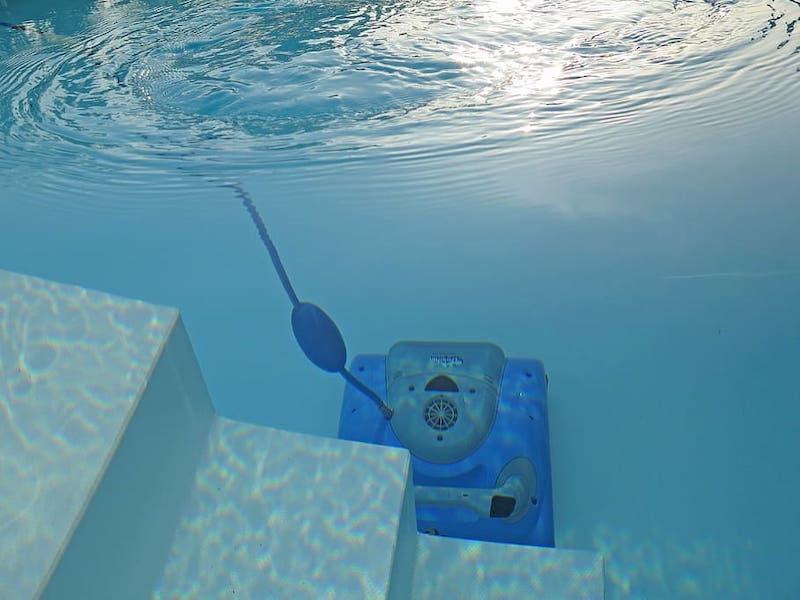Pools are a sight for sore eyes as well as an extremely useful utility. Pools in households or hotels provide utmost relaxation to the settlement’s population.
A pool can liven up a party be it amongst friends or a group of colleagues off to blow some steam. But a pool is all of the above when it is sparkly clean, without algae and other cultures growing on or inside it.
For pool owners, maintenance of a pool not only diminishes the life cycle costs but also keeps it fresh, sparkly and welcoming all year round.
Pool Cleaning can be met with a few effective solutions as given in the list below.
1. Robotic pool cleaners:
Professionals who enjoy owning a pool must get their hands on an automatic pool cleaner. It makes the tedious task feel like child’s play. These days the architectural integrity of the machines is so high that there is no issue of tangled wiring.
They can be programmed to clean the pool automatically if an alarm of all of the seven days is set. So no matter how much of a mess the pool is in, the robotic cleaner completes the job in a considerably less amount of time.
Nowadays they have evolved to having a super grip in their wheels that allow them to latch on to walls and clean algae and other formations that they can detect on their own.
2. Vacuum cleaning and Surface Cleansing:
Vacuum cleaning is an effective measure to keep pool retrogression in check with a lot less effort, money and chemicals.
This measure involves a lot of manual work as the pool is to be cleaned in grids so that the overlap of pre-cleaned spots leave no area missed.
Surface cleansing by scrubbing can give an entirely new look to a pool that has not been tended to well. Dirt and sedimentations can be brushed away using a little bit of effort.
3. Skimming the water:
Pool skimming is yet another efficient way or cleaning the pool. If the surface of the pool water remains undisturbed for a long time, it begins to accumulate crud. It can be seen mostly in the form of dead insects, algae cultures, twigs, dirt and fallen leaves.
These floating debris over the pool need to be pulled out of the water before they get heavy and settle down at the bottom.
It is done with a pool skimmer installed to a side of the pool. It needs to be properly placed so that half of it is over water, allowing the crud to flow inside.
4. Check the chemistry of the pool water:
A pool is quite a larger body of water than one is used to handling daily. One may not always have enough time to clean manually.
Some of the work can be taken over by chemicals as they are quite active cleaning agents.
a. Maintaining optimal pH levels- A healthy pH of 7.4 is optimal for swimmers. High amounts of chlorine in water indicate low pH levels, and high pH makes chlorine ineffective.
b. Cutting down on excess shocks- Shocking the water with chlorine from time to time eliminates nitrates from animal/bird droppings.
Chlorine-based shocking should be reduced and mostly done during the night time. The sun breaks down the chlorine-based shock and degrades its effects.
Conclusion: Preventive maintenance of pools requires an effort on the daily all year round if it is to be kept ready and sparkling. But these efficient solutions reduce the hard work. They work smarter so that the pool needs to be cleaned once every week or two.
